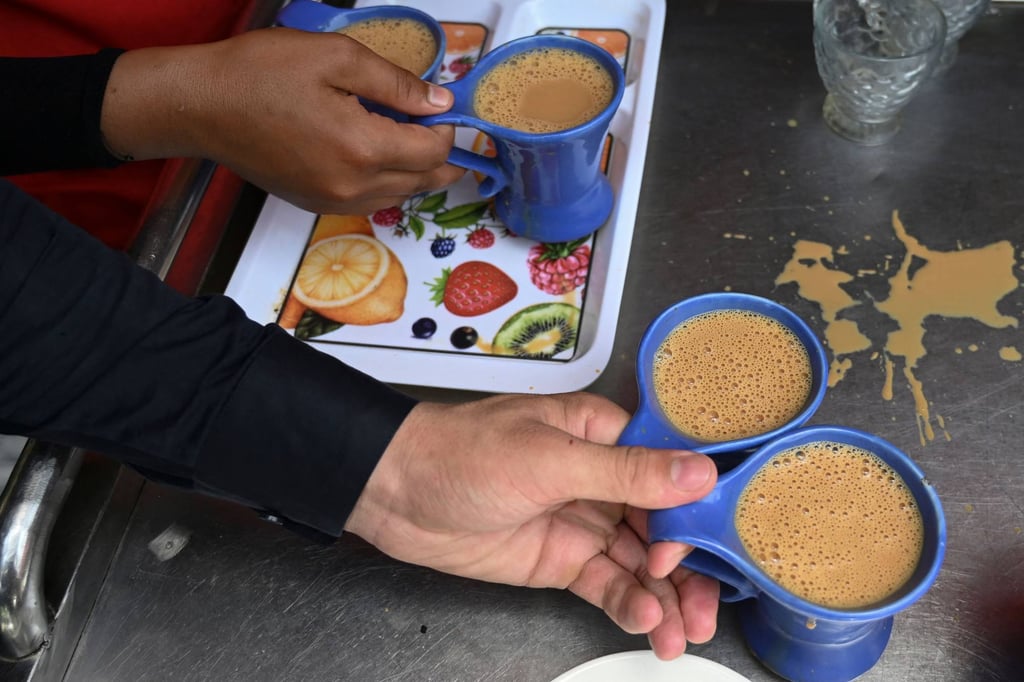Pakistan loves chai so much, it may need to export green tea to fund its addiction
- A Pakistan minister has faced backlash for urging the nation’s 220 million people to drink less chai to help reduce imports amid a crumbling economy
- Since tea was first imported from China in the 18th century, it’s become so embedded in Pakistan, it may need to tap into herbal and green tea to fund its love for chai

Young men use tea as an excuse to hang out with friends late into the night, while women console their girlfriends after a heartbreak over several cups of tea. On the roads, a corrupt traffic guard will let an errant driver go without a fine if the latter pays for his chai-paani (tea and water).
“Tea is an embedded part of our culture, joy and conversations. One cannot take tea away from a Pakistani’s life,” said 31-year-old writer Sadia Khatri in Karachi. “Any time is a good time for tea.”
Tea is even offered to enemies. In 2019, Pakistan offered a cup to a captured Indian soldier whose plane was shot down by Pakistani forces. After he acknowledged the “tea was fantastic” in a video released by the Pakistani military, memes based on his comment flooded Pakistani social media.
Despite a crumbling economy, Pakistanis are not ready to part with chai. Criticising Iqbal’s comments on social media, one person said tea was their “water”, while another questioned why they should cut down on the tea they buy with their own money.

Bilal Channa, a student at the Karachi-based Institute of Business Administration who is researching the history of tea in Pakistan, said even people who wanted to criticise Iqbal or discuss the soaring prices of fuel and power, “will do it while taking sips of tea”. Channa also believes that Pakistan’s love for tea is “nationalistic”, and defines its “identity”.